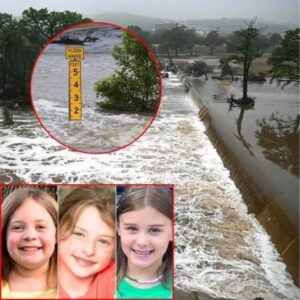From our view on Earth, outer space is a vast but serene place. However, it has weather that can be as dramatic as hurricanes or tsunamis. A solar radiation storm occurs when the sun emits flares that create a wave of magnetic fields and electrical charges toward Earth. Sometimes, these flares’ effects are unnoticeable to the average person, but sometimes, they can result in a display like the Aurora Borealis, or they can disrupt satellites and electrical power grids. This week, the National Oceanic and Atmospheric Administration warned about the strongest geomagnetic storm hitting Earth in a long time.
The Current Solar Radiation Storm
The solar radiation storm began on Tuesday, May 14, 2024, and caused radio blackouts over North America as well as Aurora Borealis (also known as the northern lights) all over the world. The flares have been emanating from sunspot AR 3664, which has been sending energized particles to Earth over the past several days. Some people wearing solar eclipse glasses were able to see the sunspot. The northern lights and blackouts may continue for the remainder of the week, although they are expected to diminish slowly.
Read More: ‘Anti-Solar’ Cells Could Keep the Power Going at Night
The Largest Flare So Far
Like natural disasters on Earth, solar storms have scales to determine their intensity. And on a scale from one to nine, NOAA’s Space Weather Prediction Center said the current flare reached a height of X8.7. Although it’s unlikely that the northern lights show will continue, the remaining flares may still cause radio disruptions. As of now, Tuesday’s flare was the largest one recorded in the sun’s 11-year solar cycle.
The Dangers of Solar Radiation Storms
These storms are not dangerous to people since the Earth’s atmosphere and magnetic field acts as a shield for the planet. However, people on transpolar flights may be at a higher risk of exposure to radiation than normal, which is why these flights are often canceled or delayed during these storms. But mainly, the flares affect satellites, causing malfunctions and disruptions. Radios in arctic latitudes could become completely unusable during these times.
Read More: Kenya Installs the First Solar Plant That Transforms Ocean Water Into Drinking Water
The Dangers of Flares in Space
However, this radiation could threaten astronauts in space. Fortunately, the currently active astronauts didn’t need to seek shelter into the deeper parts of the International Space Station. “Because the space station is in low Earth orbit, they do receive protection from our magnetosphere, although they’re high enough up there, there are some areas that are vulnerable,” SWPC space scientist Rob Steenburgh told reporters Friday. “We communicate with NASA daily, at least once a day and during events like this multiple times a day to keep them apprised of the evolving space weather situation.”
What Causes Aurora Borealis?
Auroras typically appear near the north and south poles, where they are called the aurora borealis and the aurora australis, respectively. They are created when the sun emits coronal mass, plasma, and magnetic material, which collide with Earth’s magnetic field and cause the atoms the light up. This is why auroras become more pronounced and widespread during a massive solar radiation storm, becoming visible worldwide.





